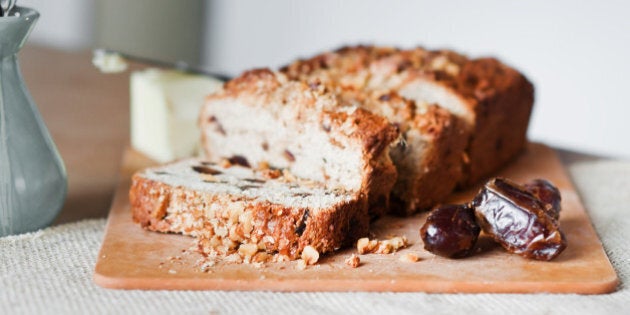
The gluten-free craze is causing consumers to switch. The messages are: saving those we love from gluten is a noble cause, all over the world, gluten-free has become the diet of athletes and celebrities, if you want to look young, active, and attractive, go gluten-free., and this diet is saving lives.
A gluten-free diet is critical for people with celiac disease, gluten intolerance, and wheat allergies but when manufacturers ditch the gluten, they need to replace it with something else. What are they using instead of gluten? Could these substances be harmful?
Gluten is found in wheat, barley, rye and other related grains. Bread owes its texture and much of its taste to gluten. It provides the elasticity in dough and helps bread keep its shape while rising. It is also one of the most important ingredients of mock meat dishes.
Consumers could just avoid foods containing gluten but no one wants to give up bread, pasta, and all the tasty snacks that gluten brings us, so manufacturers develop gluten-free alternatives. Retailers are clearing shelf space for gluten-free products as manufacturers scramble to preserve market share. In the US, the trend is forecast to grow from $508M this year to $628M by 2017 and the growth rate is similar in Canada.
Unfortunately, it is difficult to replicate gluten. It's not a problem to substitute gluten base ingredients, wheat flour for example, with something else like buckwheat (a substance not actually from the wheat family, that is also used as an upholstery filling), but there are three potential problems -- taste, texture and potential allergens.
Additives are introduced to mask the flavour of substitutes and approximate the expected flavour. Sugar, processed carbs and unhealthy fats are some of the many additives used. Contrary to the common belief that gluten-free diet helps to lose weight, these alternatives are more likely to pose serious risks of weight gain.
There are many possible additives that can approximate the texture of gluten but most break down at high temperatures so can't be used in baked goods. Xanthan gum -- which comes from bacteria grown in vats -- is the most common alternative since it tolerates heat well. Xanthan gum has been shown to be quite safe but tends to mimic the texture of mucus if too much is added. Unfortunately, none of the alternatives are able to precisely replicate the texture of gluten so the finished product is never quite as good.
Corn, nut, and soy are common gluten-free replacements but many people suffer from allergies to these substances. In fact, the chances of your child being allergic to a substitute is more than double the likelihood of suffering from wheat intolerance -- so if you're shunning gluten to avoid a potential allergy, your odds are actually better sticking with gluten.
Of course this does not apply to people who actually have celiac disease since they must avoid gluten, but a Mayo Clinic study determined that 1.8 million people in the US suffer from celiac, only 1 per cent of the population. This means that 99 per cent of the public does NOT have celiac. Yet, the gluten-free movement has demonized gluten so successfully that, according to Harry Balzer, around 30 per cent of consumers have indicated a desire to cut back on gluten. These are huge numbers so gluten-free companies pour money into advertising, effectively exploiting the health concerns of the public.
As consumers switch away from traditional products, companies are forced to do research to develop gluten-free products and preserve market share. This is costly, biting into thin margins and often causing other R&D work to be postponed or cancelled. Ultimately, this will hurt our health and nutrition since it will delay the development of healthy products.
Verdict -- Gluten-free products are critical to the small subset of the population that suffers from celiac disease, wheat intolerance or related conditions. For the larger subset of people who are allergic to the alternatives, gluten-free products are less safe and can even be life-threatening as in the case of those with nut allergies. For the rest of us, gluten-free products are about the same as traditional products in terms of food safety but switching is a bad idea since we are needlessly depriving ourselves of all the magic that gluten brings to our food.
MORE ON HUFFPOST:
